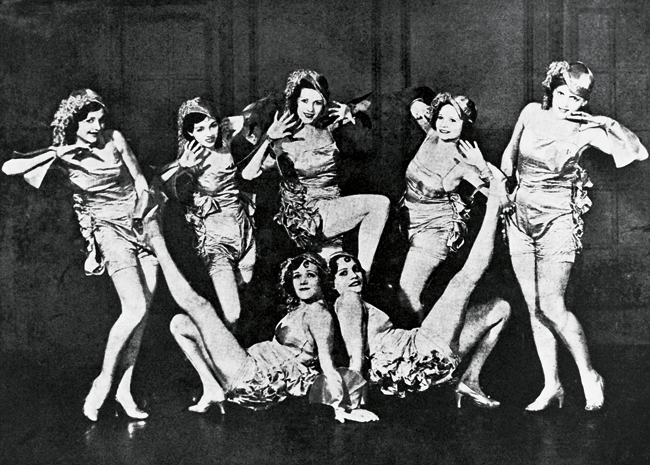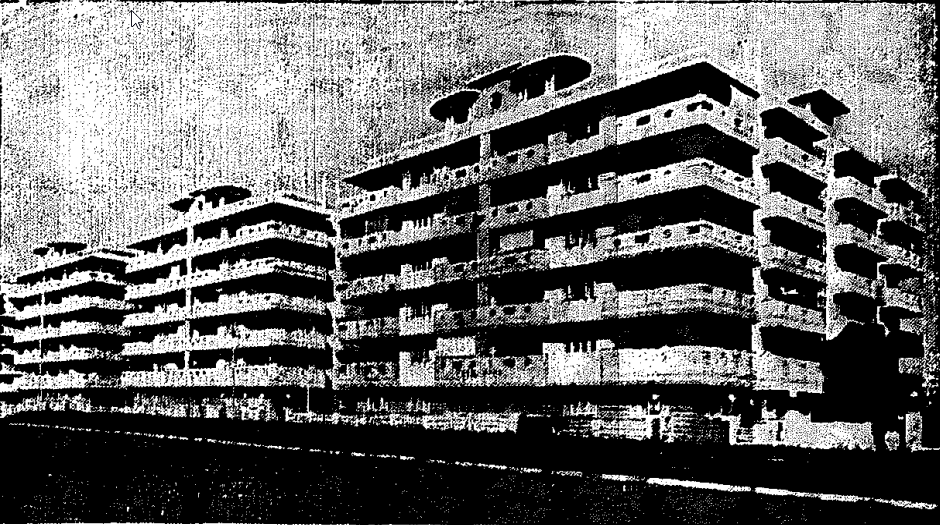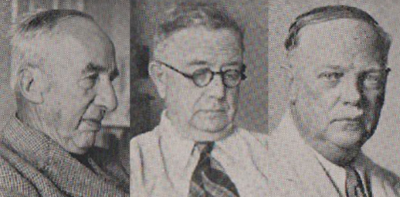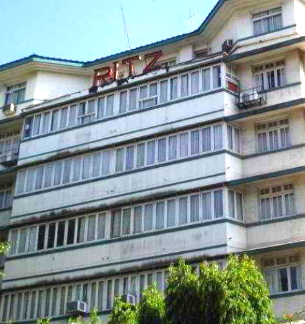100 Years
100 Stories


“Where else, but the Ritz?”, exclaimed Sudhanshu aloud, all the while quietly thinking about the two cheetahs and their owner, the cabaret dancer, in The Ritz.
Sudhanshu’s taciturn father had in his typical manner enquired where he had planned to stay in Bombay before embarking on a P&O ship on his journey to England, where he would pursue his higher studies in Engineering. A brilliant, Anglicised son of a well-to-do business man of Calcutta, Sudhanshu was full of dreams and ambitions. Being all of 26, visiting Bombay of the early 1940s - although for a couple of days only - was a dream come true for him.
Sudhanshu had heard about Churchgate Street, where the Ritz Hotel was, from his friends who had visited Bombay. The Ritz, along with the Ambassador, Gaylords, Berry’s, Bombelli’s and the Talk of the Town, all played host to musical troupes which entertained the Bombay elite. This street was a microcosm of the colonial society that Bombay was. There was of course the added attraction of the other rage and rave of the times - Hawaiian music. The release of movies like Song of the Islands, Aloma of the South Sea and Wakiki Wedding increased the Indian interest in all things Hawaiian. Moreover, Sudarshan’s Anglo-Indian and Anglo-Burmese friends had introduced him to Hawaiian music and so he was also aware that troupes like the Royal Hawaiians and the Royal Somoan dancers, David Kailie and Queenie, performed at the Ritz in Bombay. In short, the Ritz was iconic. It was the place ‘to be’
By the early 20th Century, the world had opened up. Americans and Europeans toured the world in style and comfort. Inevitably, colonial cities all over the world saw the establishment of hotels, mirroring almost exactly, the style and amenities of those in Europe and America. International guests got a taste of a home away from home. These hotels were patronised by visiting foreigners and local elites and serviced by local labour.
The Ritz Hotel on plot 116 on the Churchgate Reclamation, succeeded the Watson and the Taj in top of the line hospitality. The Backbay reclamation was part of a larger scheme of reclamations to ease the population density and create a seawall that was originally supposed to be 6km long. When it was completed the 6km mark was not reached, but it was still enough to give Bombay its iconic Marine Drive. This became a space where new experiments with architecture were carried out and it became home to the second largest cluster of Art Deco buildings. Churchgate Street, the main artery connecting Marine Drive to the business district of Fort, became the space for expressing the tasteful cosmopolitanism of the Bombay elite.
The Ritz was iconic. Like most buildings on the Reclamation, The Ritz had a RCC - Reinforced Concrete Cement - frame structure that had become immensely popular in Bombay. Architects Gregson, Batley and King, identified as “the largest practice, amongst the Bombay architects during the 1930s and 40s” designed The Ritz in the Art Deco style that was making a clean sweep in Bombay. The trio had been appreciated for two other structures on this stretch - the newly opened Brabourne Stadium and the Bombay Club house. The general contractors were Shapoorji Pallonji, already more than 70 years in the business. All this was of immense interest to the young engineer venturing abroad for further studies.
The Ritz was characterised by prevailing ideas of modernity - a streamlined look that celebrated simplicity and neatness. In fact, the understated aesthetic of the structure was a stark contrast to the ornateness of the Taj or Watson’s Hotel but in line with modern aspirations. Even in the choice of flooring, Gregson, Batley and King kept the look synchronous. For the Ritz floors, passages and staircases, marble of choice quality and in subtle decorative patterns were used.
In addition, the Ritz was one of the earliest structures to be decorated on the exterior with Bharat’s new brand of coloured cement - Colourex. In essence a Portland Cement of the highest grade, Colourex had all its properties and characteristics but differed in one aspect - its colour. While Portland cement was grey and therefore considered drab, Colourex could be purchased in any shade or colour. Bharat supplied Colourex in more than 20 shades ranging from blacks, whites, pinks, reds, yellows, greens and browns. Two unusual shades called Malad Stone and Agra Stone were also available.
Colorex was a versatile product using coloured cement to execute stucco work on walls. The adaptability in terms of treatment and the incredible variety of colours that could be created enhanced its efficacy. At the Ritz, Bharat Tiles & Marble Co. was responsible for 42,500 sq.ft. of Colorex work on the facade of the structure. The ground + five building was bathed in Light Cream that gloriously reflected the golden hues of the setting sun as it dipped into the ocean. The only form of ornamentation in the Ritz were continuous bands of Colorex’s spirited Leaf Green shade that enveloped the building’s angles and accentuated the fine lines of recessed rectangular balconies and chajjas adding a no-fuss appeal to this fashionably urbane structure.
You may also like
-
27My Home Series: Nayana Kathpalia: Coming Back HomeA space for to grow, to take on the world but also a place to retreat and rest your weary soul - Nayana Kathpalia’s home in Swastik Court, Oval Maidan provides one example.Read More
-
 28Members OnlyExplore this photo feature of all the Bharat floors adorning the corridors of the most exclusive clubs across the countryRead More
28Members OnlyExplore this photo feature of all the Bharat floors adorning the corridors of the most exclusive clubs across the countryRead More -
 29"The Bharat Logo over the years"Get a glimpse of the evolution of Bharat's logo, from the original trademark designed many moons ago to what it stands now!Read More
29"The Bharat Logo over the years"Get a glimpse of the evolution of Bharat's logo, from the original trademark designed many moons ago to what it stands now!Read More




